Tokyo isn’t a one note city — every area is different. Here we introduce under-the-radar neighborhoods and what they offer in terms of quality of life.
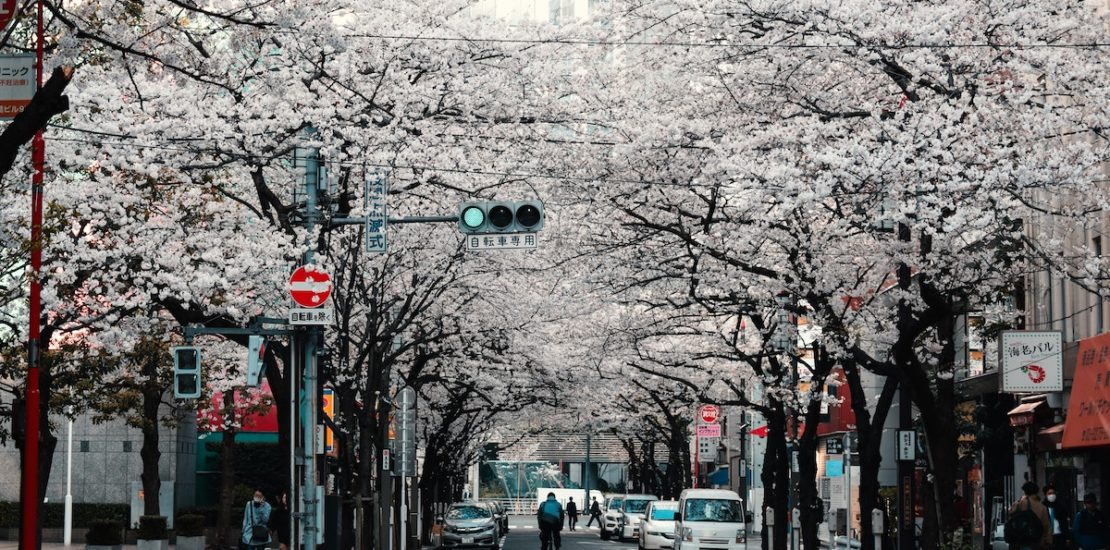
Tokyo’s Hidden Gems: 5 neighborhoods with unique styles of living to consider for your next home
Neon lights and overflowing streets have become part of what Tokyo is known for, but hidden from the mainstream crowds is a little-known secret about the Japanese capital: that its true gems lie elsewhere, found in the neighborhoods that won’t be on anybody else’s radar.
Escape the overwhelming masses and discover what Tokyoites really love about their city—by discovering what each of these 5 under-the-radar neighborhoods have to offer, and what it’s like once you call it your home.
Koenji
An eclectic mix of Japanese bars, hole-in-the-wall music venues, and vintage clothing shops, Koenji is the neighborhood that comes alive with the energy of its trendy regulars. One shopping street close to the station is lined with vintage stores on either side, all filled with threads you likely won’t find anywhere else in Tokyo.
A significant portion of the residents skews towards the younger side, but the neighborhood also attracts working adults due to the convenience of its location. Koenji Station’s JR Chuo Rapid Line connection means that it’s possible to get to Shinjuku from Koenji in under 10 minutes, or further out into Yotsuya or Kanda stations in under 25 minutes.
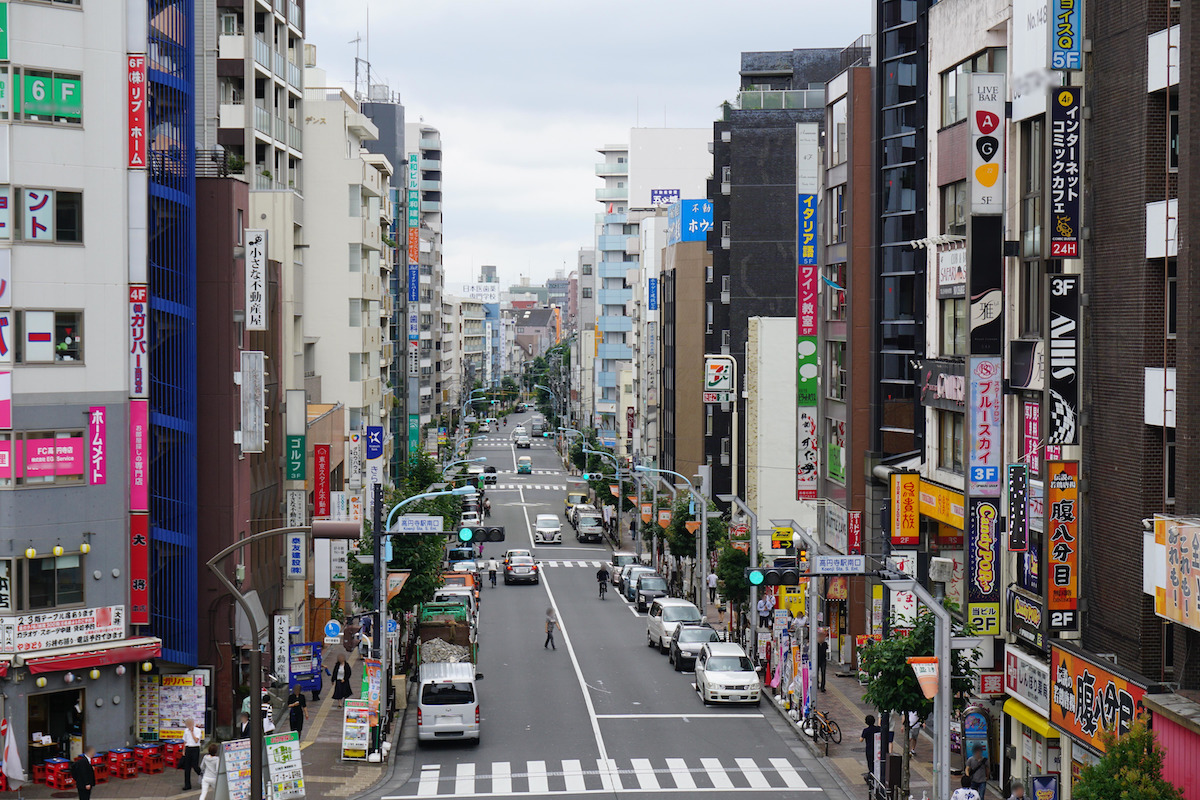
This Suginami-ku neighborhood doesn’t just offer fun or interesting places for a night out, however; the surrounding area also has plenty of small to medium-sized grocery stores that allow for cheap shopping. Another appealing aspect is that the average rent in Koenji is relatively inexpensive compared to other parts of Tokyo.
Futako-Tamagawa
Located right by the Tama River, Futako-Tamagawa is arguably one of the best neighborhoods for families in Tokyo. Right outside the station is the Futako-Tamagawa Rise, an upscale commercial complex that has its own movie theater and a wide variety of choices in restaurants and shops. During winter, they also open an outdoor ice skating rink that often has kids learning how to skate for the first time.
The area’s proximity to Tama River means that there’s always a natural spot that’s a mere stone’s throw away for those sunny, lazy picnic days. One alternative source of nature in the area is the Futako-Tamagawa Park, which has long pathways for jogging or strolling for the parents, and a colorful playground for the children too.
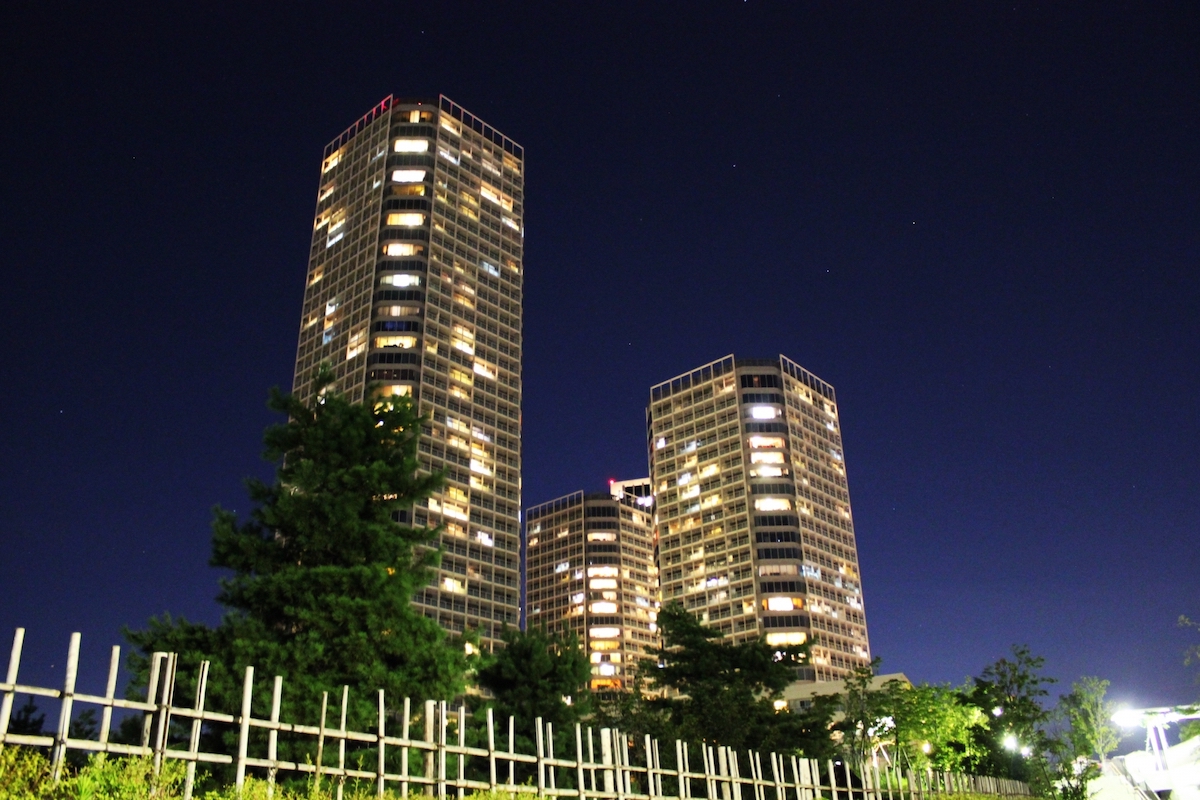
Futako-Tamagawa also gives you a convenient way to get to central Tokyo through its connection to Shibuya station. The Tokyu Den-en-toshi line makes it so that travelling to Shibuya only takes 15 minutes, and from there, the rest of central Tokyo becomes much more accessible.
Jiyugaoka
Sprinkled with brick architecture and wrought-iron street lamps, the inspiration for the picturesque neighborhood of Jiyugaoka is unmistakably European. Rightfully known as the ‘little Europe of Tokyo’, there’s even a shopping complex 5 minutes away from the station that has a smaller version of the famous Venetian canals and gondolas.
The stylishness of Jiyugaoka can also be seen through the variety of boutiques, cafes and restaurants that you can frequent there. This makes the area popular amongst the young or trendy residents of Tokyo who might choose to live here for the atmosphere that the neighborhood exudes.
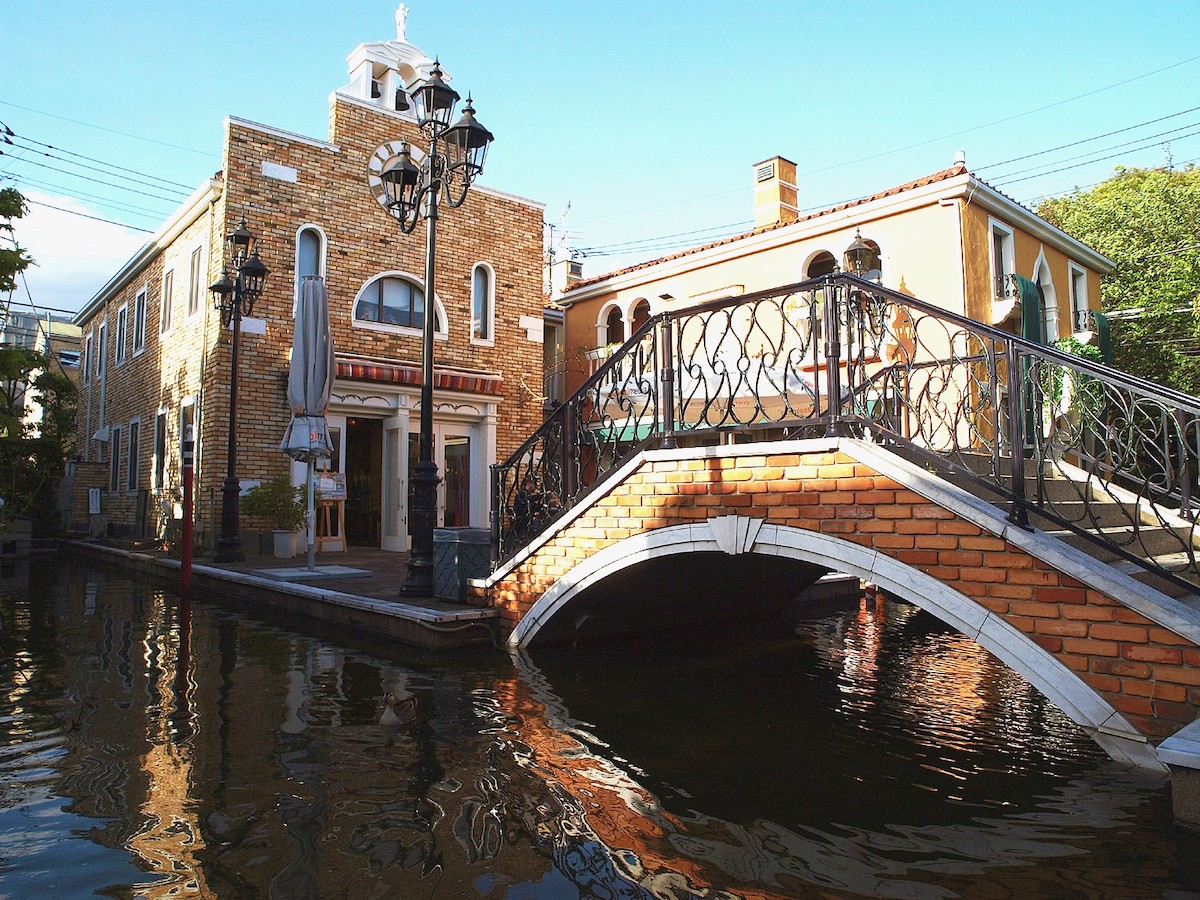
However, this appeal isn’t just for show — there are also grocery stores and shops for those who prefer at-home cooking, and its location is convenient for accessing other parts of Tokyo for work or leisure. Jiyugaoka is serviced by the Tokyu Oimachi Line and the Tokyu Toyoko Line, the former of which connects Jiyugaoka to the aforementioned Futako-Tamagawa neighborhood, and the latter of which provides a direct connection to Yokohama and Shibuya.
Takadanobaba
For anyone who’s ever used the Yamanote line, Takadanobaba might be one of those station names you’ve heard blared through the train speakers. It may not be as popular as its other Yamanote line siblings, like Shinjuku and Harajuku, but this neighborhood still has a lot to offer.
With Waseda University not too far away, this area is most popular amongst students, and with that reputation comes everything associated with a student town in Japan: cheap restaurants, cheap bars, and cheap karaoke places. Aside from its affordability, Takadanobaba also has its own flavor. A good example of this is Waseda Shochiku, a unique cinema that touts itself as “one of Tokyo’s best premier revival movie theaters”, and mainly shows indie or classic films.
In terms of housing, while there’s plenty of affordable, single-person apartments that cater to the neighborhood’s mainly young demographic, there are also more upscale and spacious apartments for those who aren’t necessarily students but would want to live here for the short travel time to major stations like Shinjuku.
Tachikawa
Tachikawa is right in the center of Western Tokyo, and is one of the major stops of several JR train lines. However, despite being decently accessible, Tachikawa can still be relatively unknown territory for those who don’t frequent western Tokyo.
Tachikawa boasts of the Showa Memorial Park, a sprawling patch of green that’s just a few minutes walk from the station. The park is surprisingly abundant with nature, and makes for a good spot for families to enjoy their weekends or for everybody else to take a quick breather. Another unique thing about Tachikawa is that it has its own regional immigration bureau, which is very convenient for when that time to renew your visa rolls around again.
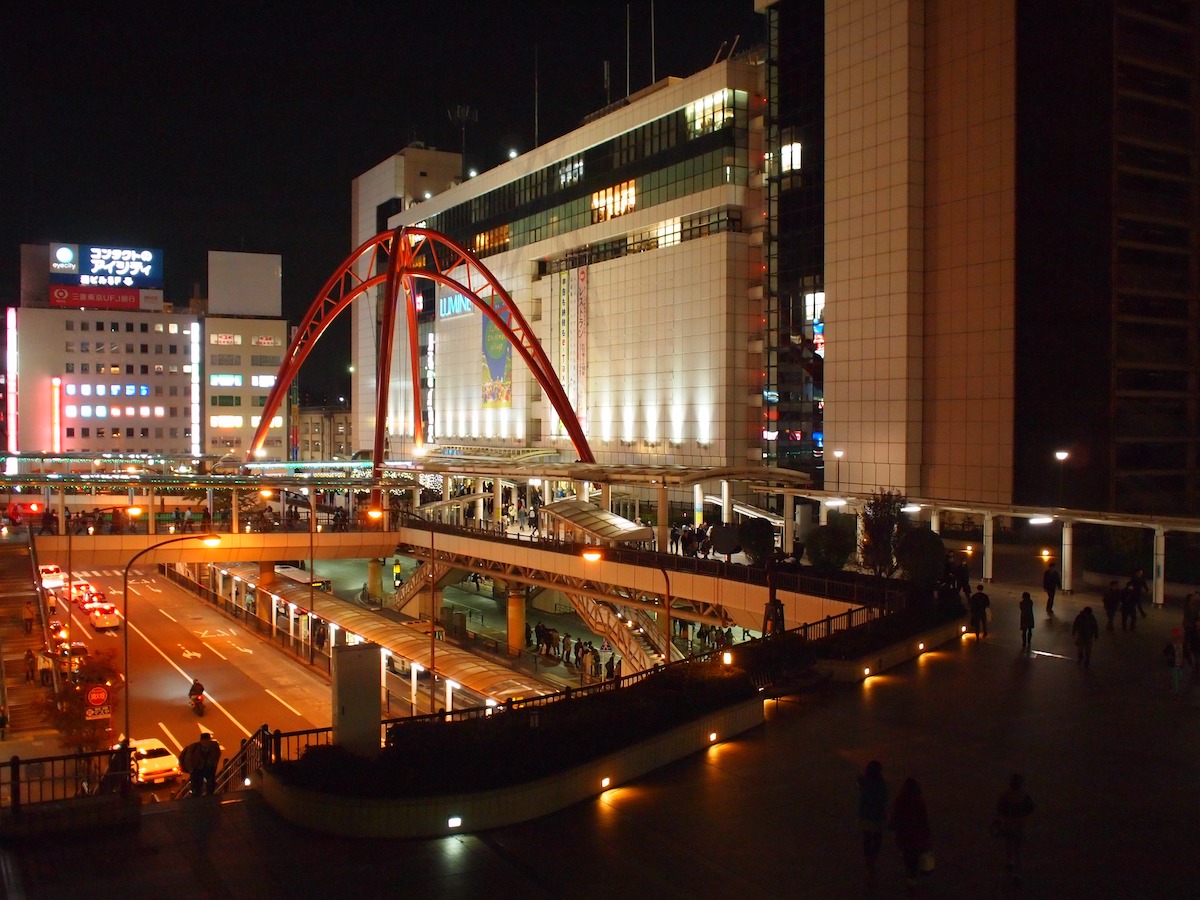
Generally, western Tokyo is a good option to consider when looking at neighborhoods to live in. You might be sacrificing additional commuting time, but you’re assured a decently priced place to live in.
Even if you might not end up choosing any of them as a place to live in, we hope that by introducing you to these 5 neighborhoods, we were able to give you a glimpse of what Tokyo is like outside of the big-name areas — and maybe even helped you gain a brand new appreciation of Japan’s very diverse capital.



